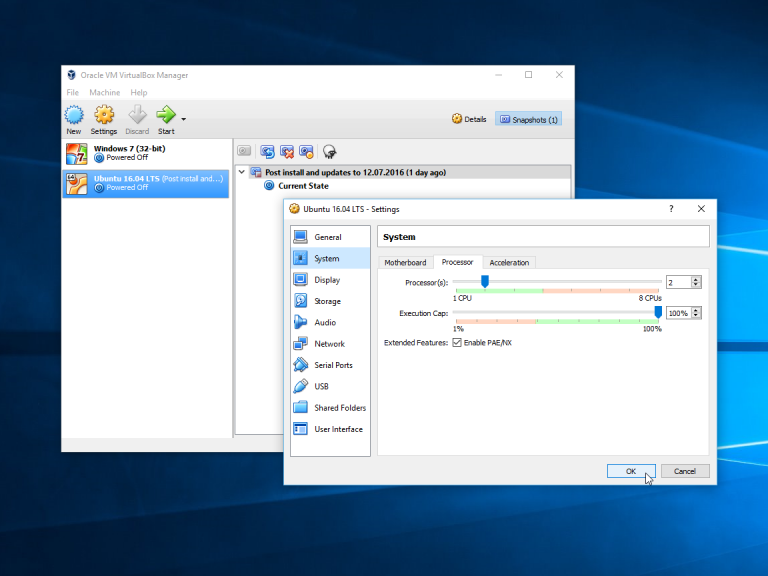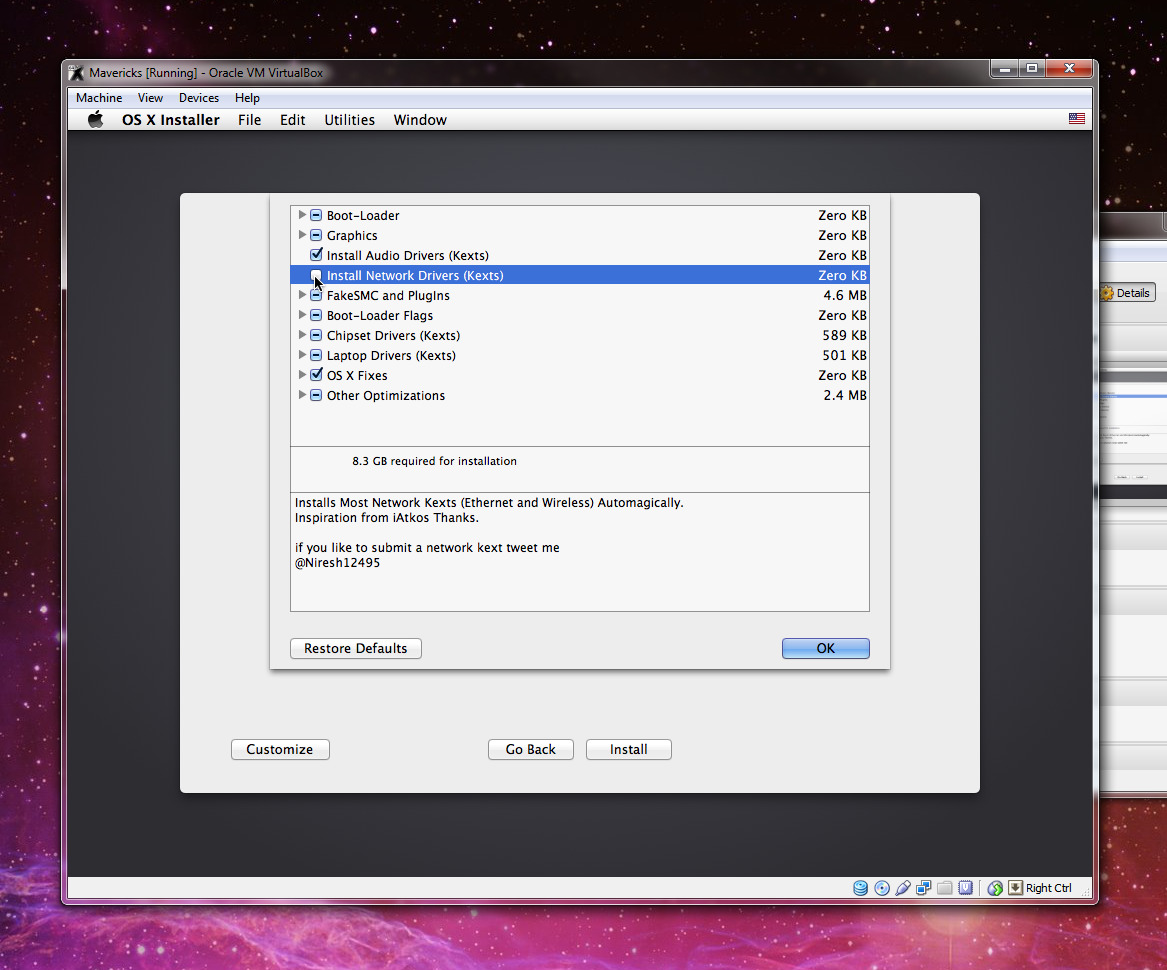

- Virtualbox graphics controller install#
- Virtualbox graphics controller manual#
- Virtualbox graphics controller windows 10#
- Virtualbox graphics controller iso#
In terms of sharing the GPU, while it might be technically possible, it's more work than it's worth in this situation since you can just use the iGPU for the host OS and the dGPU for the VM You can do it on Linux (Arch I believe has the best native support out of the desktop distros, but don't quote me on that) pretty easily, and just have your iGPU for the host OS and the MX350 for the VM. I think I remembered seeing something about being able to reenable it, but it also comes with security concerns which you wouldn't want to run, especially with a leaked ISO.

Virtualbox graphics controller windows 10#
To my knowledge, there isn't a way to do that with Windows 10 as the host OS since they disabled RemoteFX. Now that can change in the future - so if in doubt - test it.Hey,so I have Virtualbox running Windows 11 and host running Windows 10 and I wanted to passthrough my GPU(Nvidia Geforce MX350) to my Vbox so it's faster but can I do this? Or I need a second GPU? If I can't passthrough can I then just use my Nvidia for my guest and my integrated graphics for the host while I am running my VM?
Virtualbox graphics controller install#
So the answer to the question above- what makes Manjaro different in this regard is: Nothing! A Manjaro install behaves as an Arch install with respect to the testpoints of a VirtualBox install and the used display emulation. So no matter what the wise folks at VirtualBox Forum says - for an Arch based distribution - the wise choice is VBoxSVGA. No matter what, the display do not adapt to changes in window size.Ĭhanging the display emulation from VMSVGA to VBoxSVGA changed the VM display behavior on next boot.
Virtualbox graphics controller manual#
ConclusionĪfter a manual install of Arch Linux in a VirtualBox VM I am know confident that the current display emulator recommendation for a Manjaro VirtualBox guest is the best.įollowing the Arch Wiki (which do not recommend either) - but choosing a VMSVGA emulation - yields the same results as Manjaro.

Only the -display and the -vmsvga-x11 returns without the connection error. Testing the script commands - one by one $ VBoxClient -clipboard

The script contains a test for the device /dev/vboxclient and that test does not fail as the message is repeated several times for VBoxClient actions in the script.Īs the above is read from the Arch Wiki - and supposedly works within an Arch guest - the question is - what makes Manjaro different in this regard? Loading the modules manually and rerunning the VBoxClient-all script does not work either but results in the same message. Starting the service and installing the guest-utils then running the provided script VBoxClient-all yields with a message on failing to connect to the VirtualBox kernel module - and as such the seamless window cannot be utilized.
Virtualbox graphics controller iso#
When a VirtualBox VM loads Manjaro from ISO seamless mode is not available (the vm adapting to window resize) because the package virtualbox-guest-utils is not installed. The service rvice is an inherited Arch service which load the necessary modules vboxguest vboxsf vboxvideo and synchronize time on guest start. var/log/pacman.log reveals that the necessary packages are installed correct. The following is the result of testing the VirtualBox Client on a live ISO (no installation) - using VMSVGA display emulator. Going over the Arch Wiki - too much time has gone by. I just realized how much I didn't remember from the Arch wiki.


 0 kommentar(er)
0 kommentar(er)
